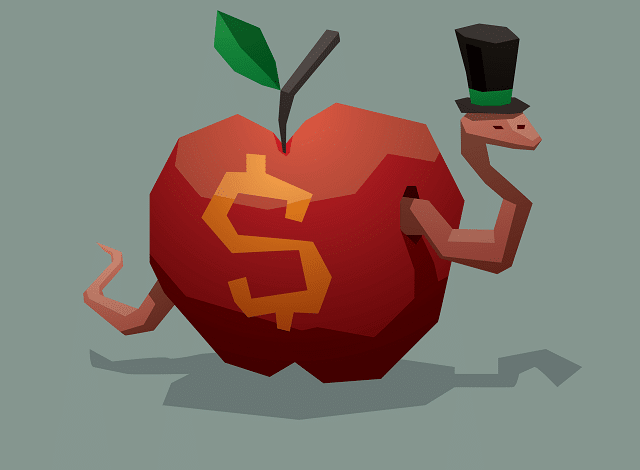Why my Apple iPhone 16 Pro Max cost more than my M4 Mac mini

Back in the day, when personal computers were first making their way into homes, buying a desktop was often a massive investment. The price tags on those early machines were no joke, especially in the ’80s and ’90s. Dropping a couple of thousand dollars on a beige box humming with potential was considered normal. Fast forward to today, and times have certainly changed -- computers, including the powerful M-series Mac minis, have become more affordable, while flagship smartphones have skyrocketed in price.
I recently bought Apple’s new base-model M4 Mac mini, which set me back $500 with the education discount ($600 regularly). For those keeping tabs, that’s for a fully functional, highly efficient desktop computer. Not too long ago, such a price would have barely covered the cost of an average, bare-bones PC tower. This particular Mac mini runs circles around most mainstream computers from just a few years ago, delivering top-notch performance at a budget-friendly price.
On the flip side, I recently bought Apple’s latest iPhone 16 Pro Max, which carried a hefty $1,200 price tag. That’s more than double what I spent on the Mac mini, and it’s a telling sign of just how much the smartphone market has shifted over the years. Once a secondary device used for calls and the occasional text, today’s phones are packed with technology that rivals many computers, including high-end displays, camera systems that blur the line between consumer and professional photography, and chips that push processing power to impressive heights.
ALSO READ: Forget Google Pixel 9 Pro, Apple iPhone 16 Pro is the AI smartphone you really want
The landscape of tech pricing is fascinating when you look at it this way. Once, the desktop was the big-ticket item -- a central hub for work, communication, and entertainment. Meanwhile, cell phones were far from today’s multi-functional powerhouses, carrying out basic tasks and sold at a relatively modest cost. Now, the smartphone has claimed the throne as the star of tech innovation and, with that, has taken on the price tag to match. It’s not uncommon for flagship phones to be the most expensive piece of technology someone owns, eclipsing even laptops and desktops.
While $500 for a high-performance M4 Mac mini feels like a steal compared to what desktop PCs used to cost, the $1,200 I spent on the iPhone 16 Pro Max demonstrates just how far phones have come -- and at what cost. It’s ironic to think that today, many people willingly spend more on the device in their pocket than the computer sitting on their desk.
ALSO READ: Apple launches new compact Mac mini with M4 and M4 Pro chips
The shift speaks volumes about where consumer priorities lie. The phone is now seen as an essential, do-it-all tool -- an extension of ourselves, worth every penny. The desktop computer, though still important, has taken a backseat in terms of perceived value. It’s hard to argue when smartphones now serve as cameras, mini workstations, gaming devices, and everything in between.
Apple’s pricing strategy reflects that trend. A $500 (or even $599) Mac mini is a great value proposition for those who want reliable computing power without the bells and whistles. But for the latest and greatest iPhone, expect to shell out quite a bit more. The Mac mini may be a nod to the past when desktops dominated the tech landscape, but the iPhone 16 Pro Max is a clear reminder that the future of tech is now resting comfortably in the palm of our hands.
Image credit: IvanNikulin/depositphotos.com
